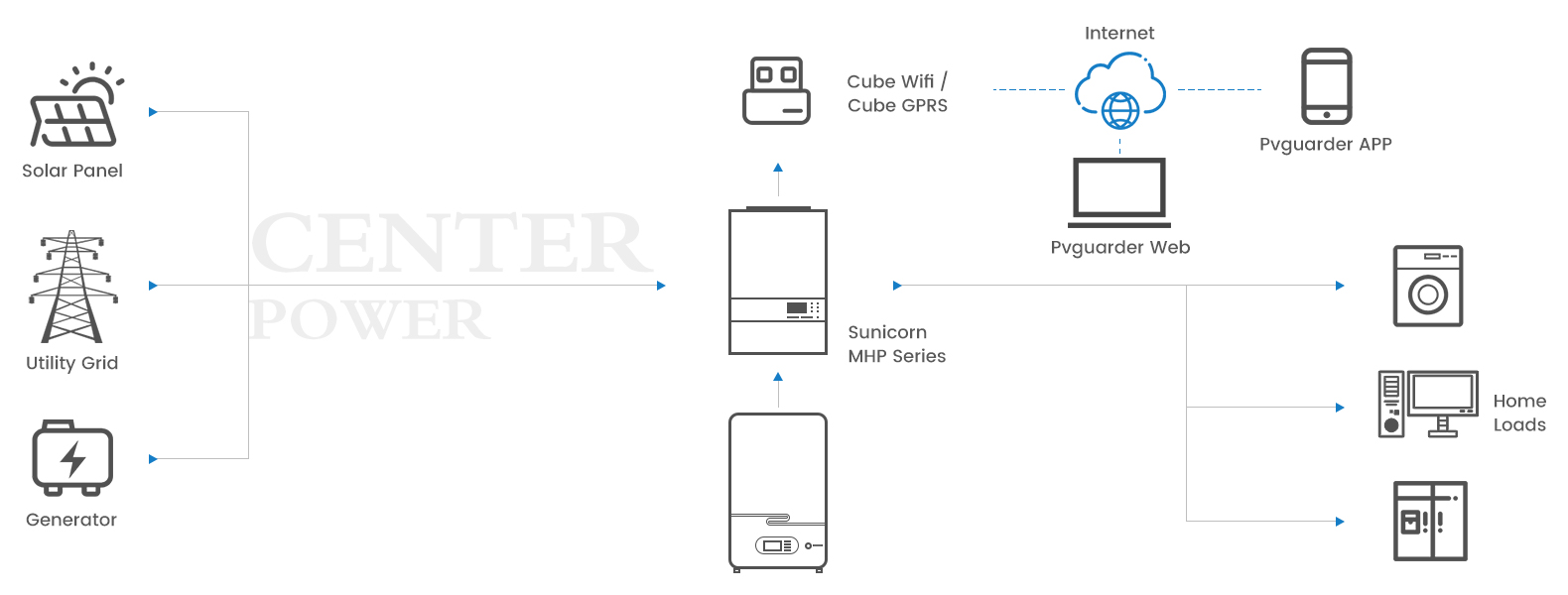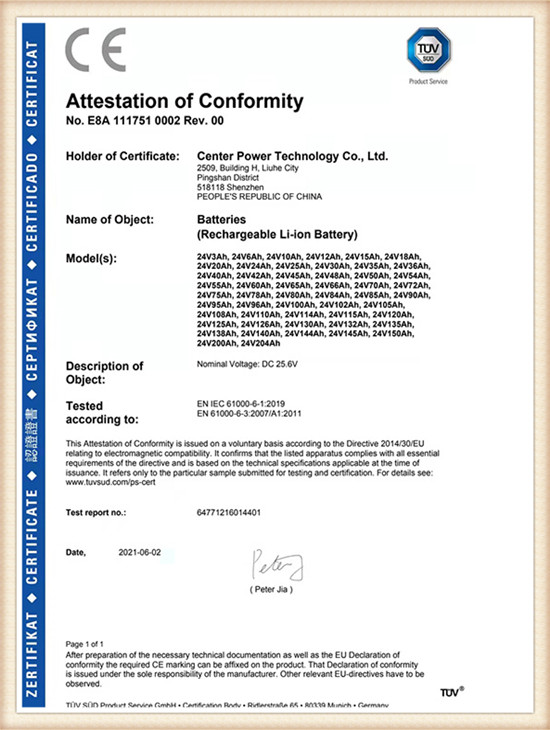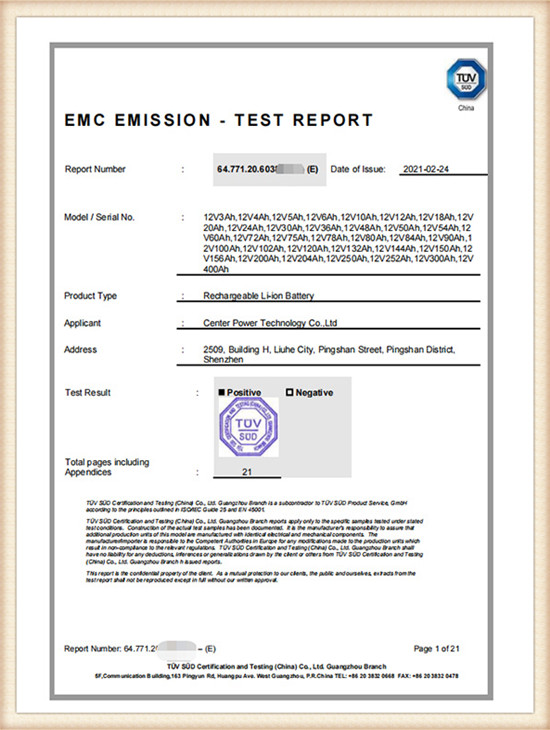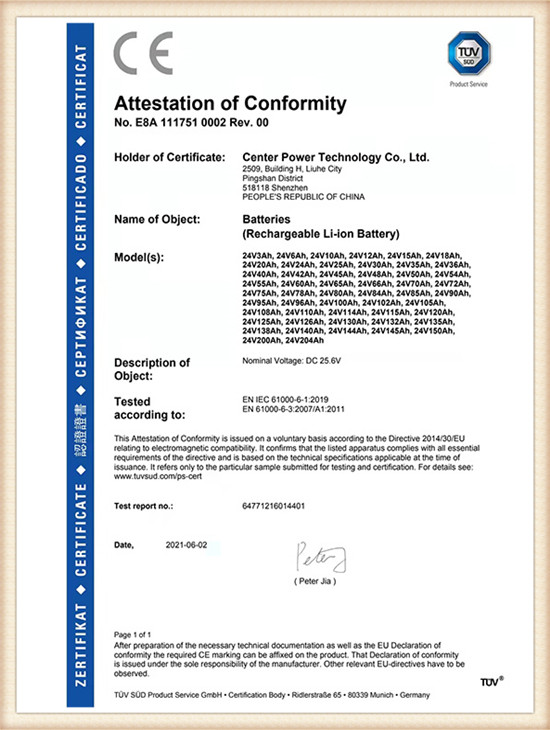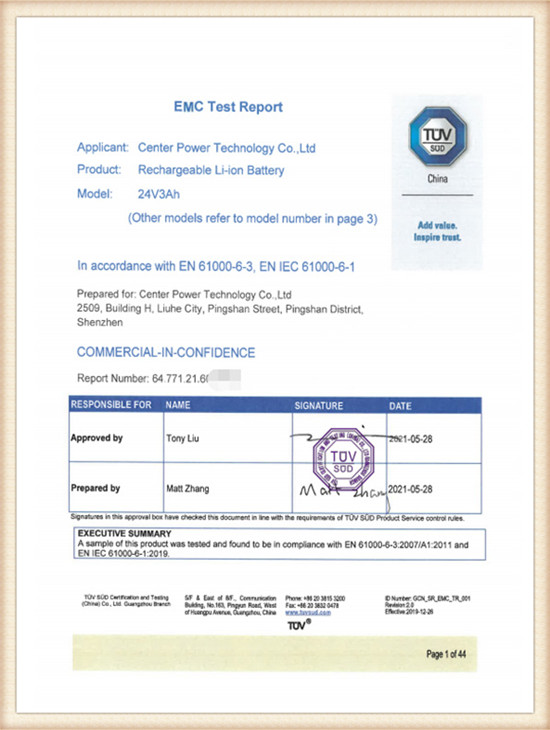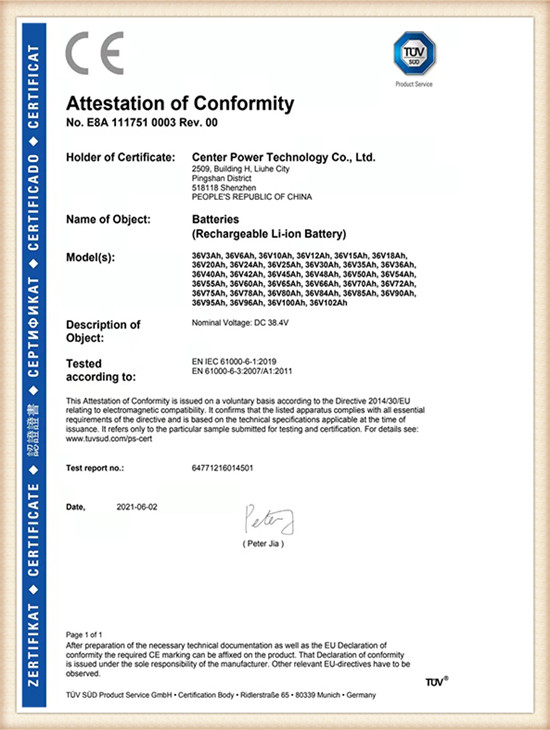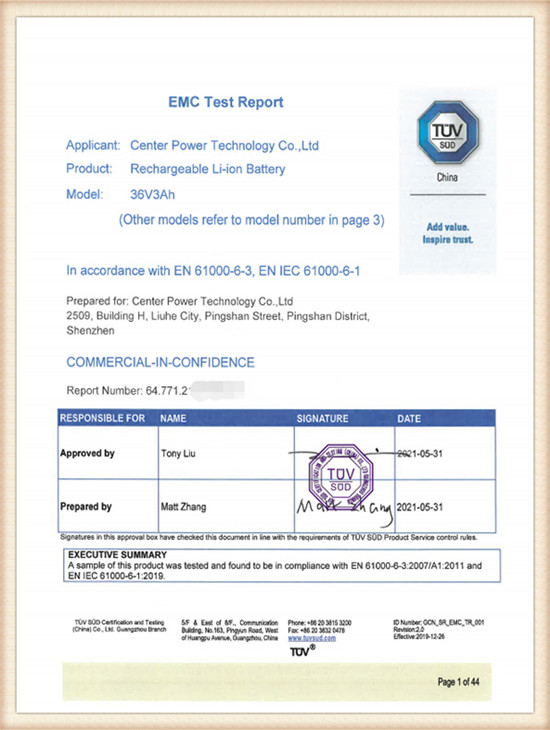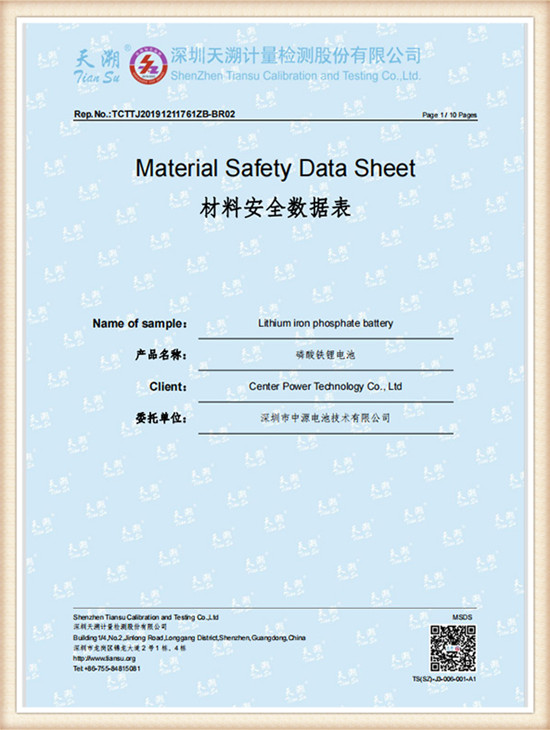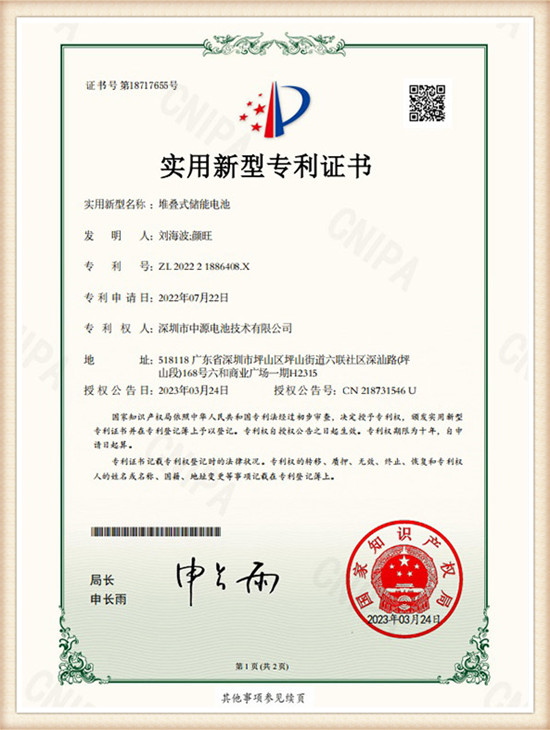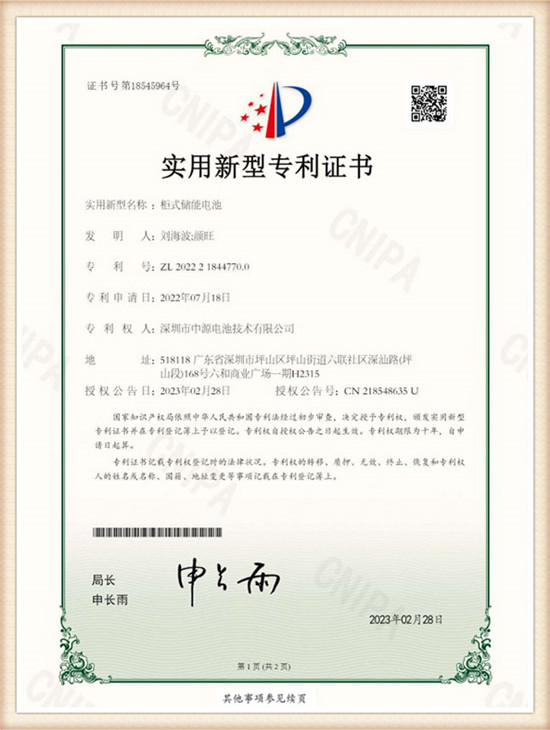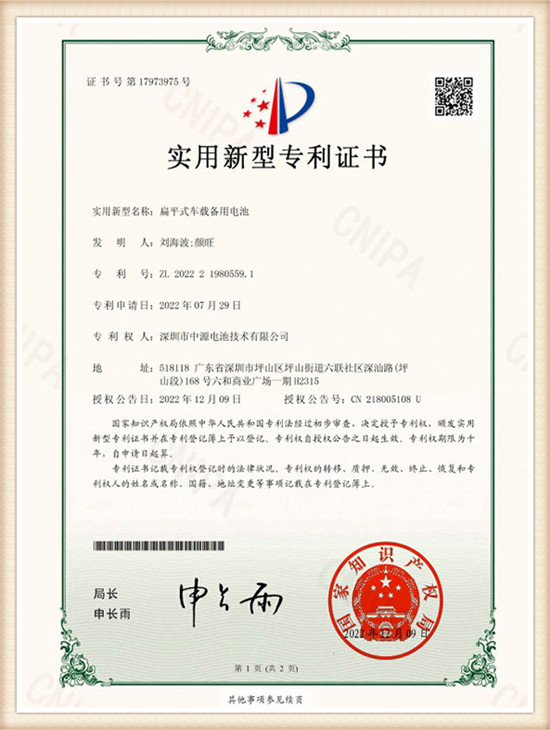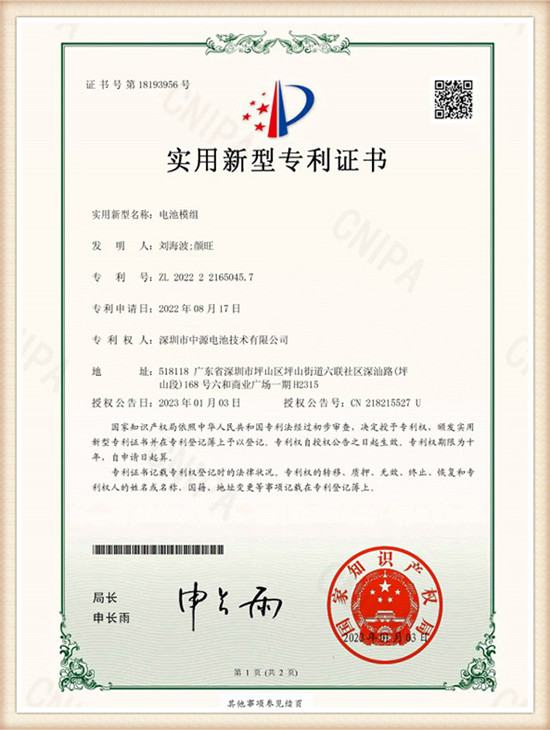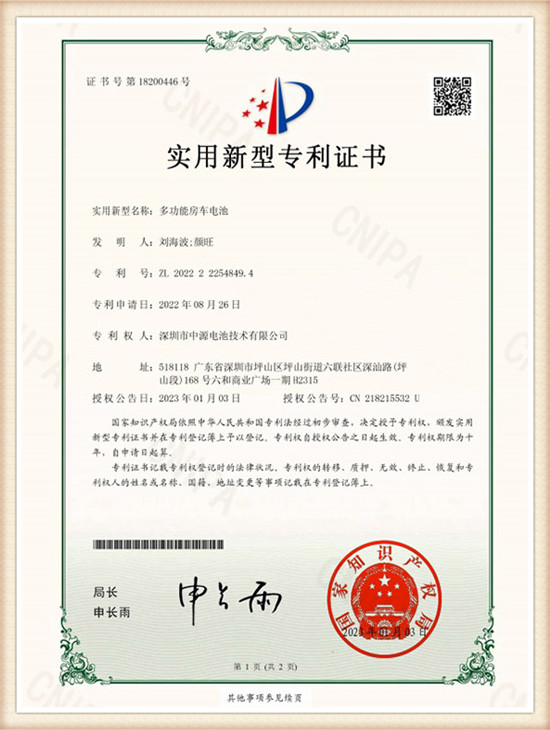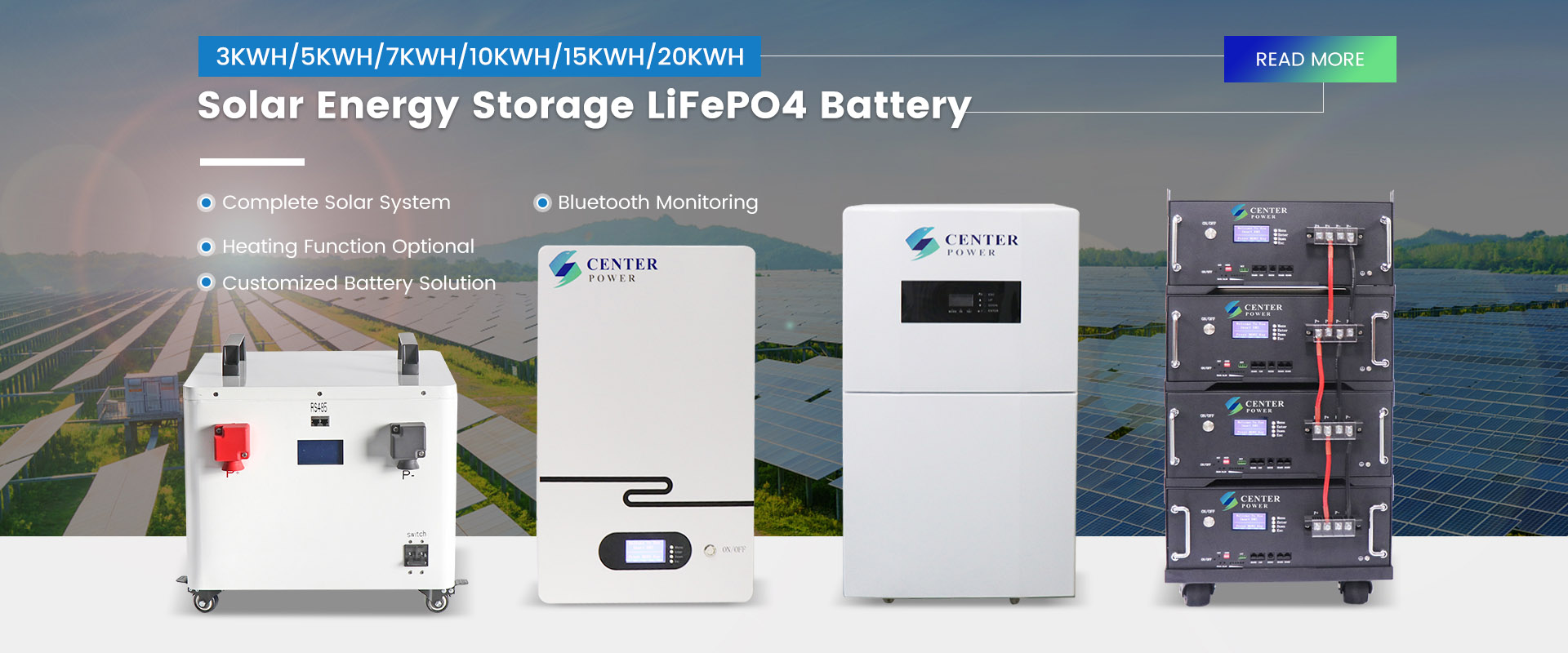
48V 10Ah Black Energy storage system Power Wall LiFePO4 Battery CP48010E
Power Wallpowerful Energy for Your House

Ultra Safe
Built in BMS protection

High Compatibility
Compatible with most of Inverters

Plug and Play
Easy installation

Up to 15PCS in Parallel
Support in parallel for larger capacity

All in One Solution
We can provide battery + inverter + solar panel

Up to 6000 Cycles
Longer cycle lite

Power Wall Specification
| Nominal Voltage | 48V |
|---|---|
| Nominal Capacity | 10Ah |
| Energy | 480Wh |
| Maximum Charge Current | 10A |
| Recommend Charge Voltage | 54.75V |
| BMS Charge High Voltage Cut-off | 54.75V |
| Reconnect Voltage | 51.55+0.05V |
| Balancing Voltage | <49.5V(3.3V/Cell) |
| Continuous Discharge Current | 10A |
| Peak Discharge Current | 20A |
| Discharge Cut-off | 37.5V |
| BMS Low-Voltage Protection | 40.5±0.05V |
| BMS Low Voltage Recover | 43.5+0.05V |
| Reconnect Voltage | 40.7V |
| Discharge Temperature | -20 -60°C |
| Charge Temperature | 0-55°C |
| Storage Temperature | 10-45°C |
| BMS High Temperature Cut | 65°C |
| BMS High Temperature Recovery | 60°C |
| Overall Dimensions (LxWxH) | 442*400*44.45mm |
| Weight | 10.5KG |
| Communication Interface(optional) | Modbus/SNMPГTACP |
| Case Material | STEEL |
| Protection Class | IP20 |
| Certifications | CE/UN38.3/MSDS /IEC |

Home Power Wall Advantages
Super Safe for Family Use
Powerful Energy
10 Years Battery Deisgn Life

Intelligent BMS
Built in BMS protection

Zero maintenance
No daily maintenance work and cost

Longer, safer, more durable
Longer cycle life, safer, more powerful for home solar system

Easy installation
Plug and play

Optional Function
Bluetooth monitoring, battery status can be checked in real time Low temperature self heating , can be charged at freezing temp.
Up to 15 Pcs in Parallel

Complete Solar System Solution

Solar Panels

Power Wall Battery

Inverters
Why Need a Solar-power Home?
Reduced Electricity Costs
By installing solar panels on your home, you can generate your own electricity and significantly reduce your monthly electricity bills. Depending on your energy usage, a properly sized solar system can even eliminate your electricity costs altogether.
Environmental Impact
Solar energy is clean and renewable, and using it to power your home helps to reduce your carbon footprint and decrease greenhouse gas emissions.
Energy Independence
When you generate your own electricity with solar panels, you become less reliant on utilities and the power grid. This can provide energy independence and greater security during power outages or other emergencies.
Durability and Free Maintenance
Solar panels are made to withstand the elements and can last up to 25 years or more. They require very little maintenance and typically come with long warranties.
Compatibility with Most of Inverter
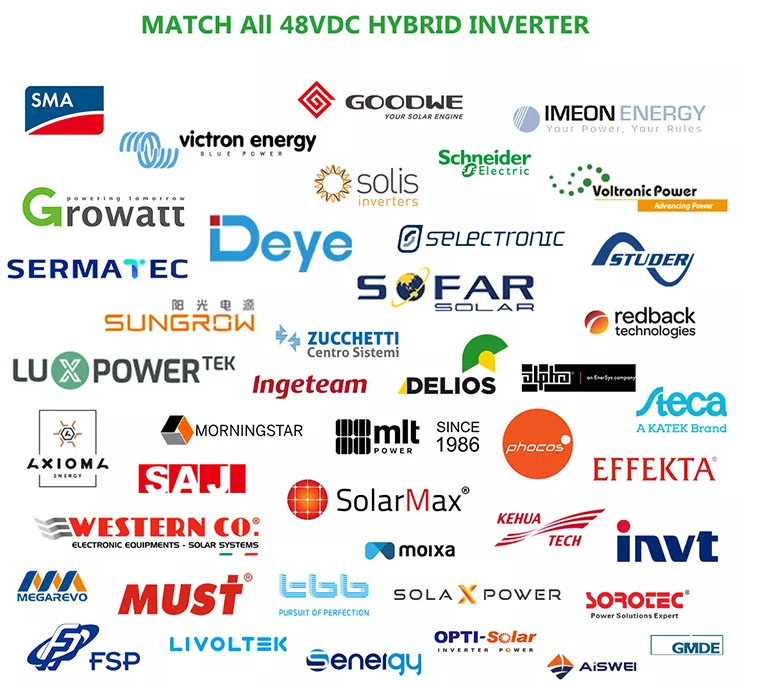
Home Solar Energy Storage Working System
